Spectacular new discoveries from the Caucasus set the stage for a dramatic hilltop ritual.

RUSSIAN ARCHAEOLOGIST ANDREY BELINSKI wasn’t sure what to expect when he found himself facing a small mound in a farmer’s field at the foot of the Caucasus Mountains. To the untrained eye, the 12-foot feature looked like little more than a hillock. To Belinski, who was charged with excavating the area to make way for new power lines, it looked like a type of ancient burial mound called a kurgan. He considered the job of excavating and analyzing the kurgan, which might be damaged by the construction work, fairly routine. “Basically, we planned to dig so we could understand how it was built,” Belinski says. As he and his team began to slice into the mound, located 30 miles east of Stavropol, it became apparent that they weren’t the first people to take an interest. In fact, looters had long ago ravaged some sections. “The central part was destroyed, probably in the nineteenth century,” Belinski says. Hopes of finding a burial chamber or artifacts inside began to fade.
It took nearly a month of digging to reach the bottom. There, Belinski ran into a layer of thick clay that, at first glance, looked like a natural feature of the landscape, not the result of human activity. He uncovered a stone box, a foot or so deep, containing a few finger and rib bones from a teenager. But that wasn’t all. Nested one inside the other in the box were two gold vessels of unsurpassed workmanship. Beneath these lay three gold armbands, a heavy ring, and three smaller bell-shaped gold cups. “It was a huge surprise for us,” Belinski says. “Somehow, the people who plundered the rest didn’t locate these artifacts.”
Esta historia es de la edición July/August 2016 de Archaeology.
Comience su prueba gratuita de Magzter GOLD de 7 días para acceder a miles de historias premium seleccionadas y a más de 9,000 revistas y periódicos.
Ya eres suscriptor ? Conectar
Esta historia es de la edición July/August 2016 de Archaeology.
Comience su prueba gratuita de Magzter GOLD de 7 días para acceder a miles de historias premium seleccionadas y a más de 9,000 revistas y periódicos.
Ya eres suscriptor? Conectar
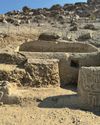
ORIGINS OF PERUVIAN RELIGION
While investigating looters' holes at the site of La Otra Banda in northern Peru's Zaña Valley, archaeologist Luis A. Muro Ynoñán of the Field Museum and the Pontifical Catholic University of Peru spotted carved blocks around seven feet below the surface.
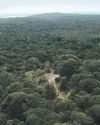
ISLAND OF FREEDOM
Many of the enslaved Africans sent to Brazil beginning in 1549 were from what is now Angola, where one of the most widely spoken languages was Kimbundu.
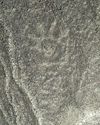
NAZCA GHOST GLYPHS
From the 1940s to the early 2000s, geoglyphs were discovered in the Nazca Desert of southern Peru depicting animals, humans, and other figures at the rate of 1.5 per year.

COLONIAL COMPANIONS
The ancestry of dogs in seventeenth-century Jamestown offers a window into social dynamics between Indigenous people and early colonists.
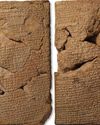
BAD MOON RISING
The British Museum houses around 130,000 clay tablets from ancient Mesopotamia written in cuneiform script between 3200 B.C. and the first century A.D.
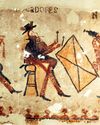
DANCING DAYS OF THE MAYA
In the mountains of Guatemala, murals depict elaborate performances combining Catholic and Indigenous traditions
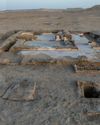
LOST GREEK TRAGEDIES REVIVED
How a scholar discovered passages from a great Athenian playwright on a discarded papyrus

Medieval England's Coveted Cargo
Archaeologists dive on a ship laden with marble bound for the kingdom's grandest cathedrals
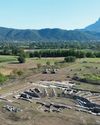
Unearthing a Forgotten Roman Town
A stretch of Italian farmland concealed one of the small cities that powered the empire
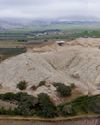
TOP 10 DISCOVERIES OF 2024
ARCHAEOLOGY magazine reveals the year's most exciting finds